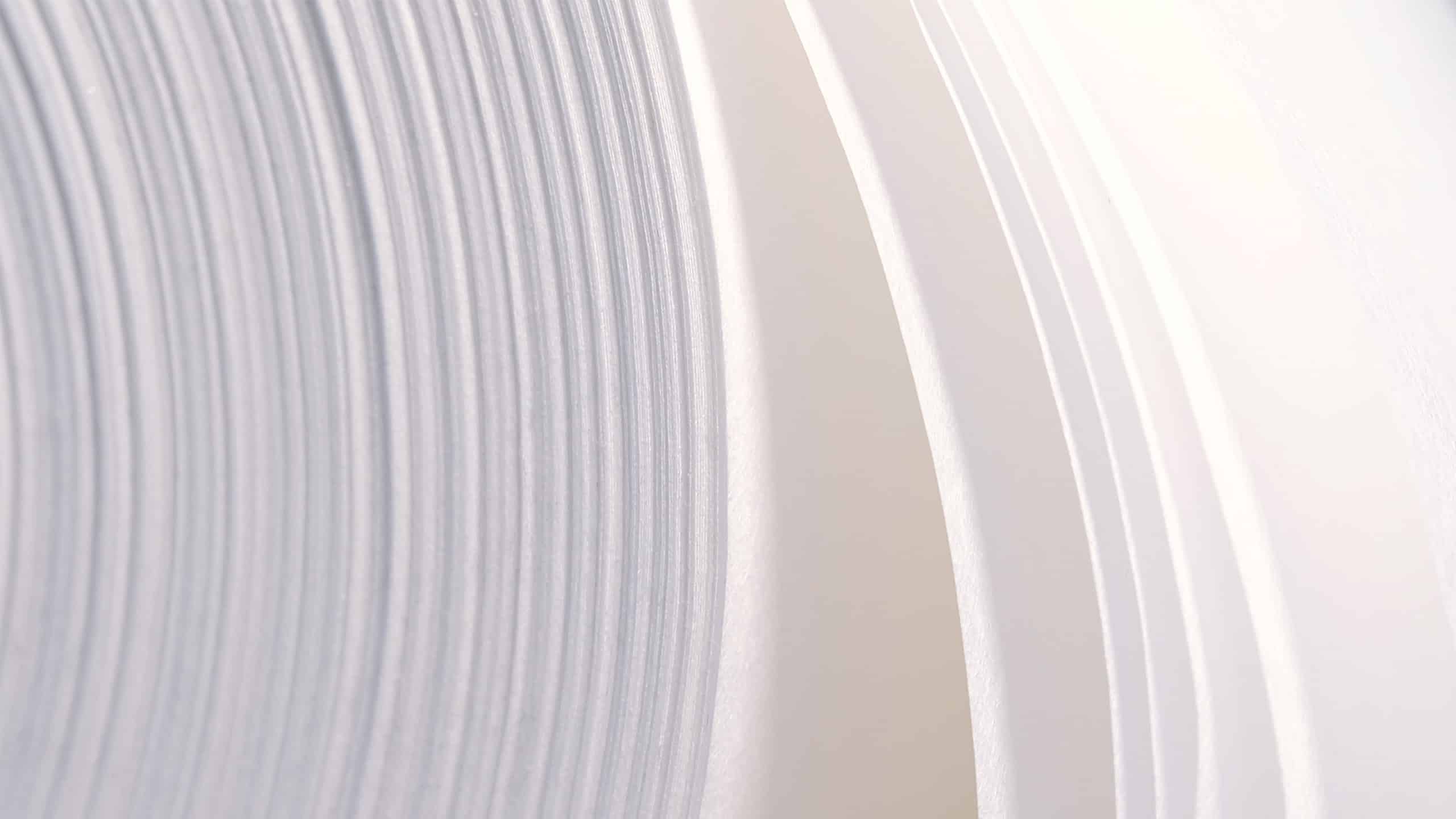How durable are fibre-based carrier bags?

What are the advantages of fibre-based carrier bags over traditional plastic bags?
Fibre-based carrier bags offer a multitude of advantages over traditional plastic bags, primarily in terms of environmental impact, reusability, and recycling potential. One of the foremost benefits is their reduced environmental footprint. Unlike plastic, which can take hundreds of years to decompose, fibre-based bags are designed to be recyclable, contributing to a circular economy. This is crucial in light of the growing concerns about plastic waste accumulating in our ecosystems, as highlighted by the European Environment Agency.
Moreover, these bags are reusable, providing a sustainable alternative to single-use plastics. Paptic materials, in particular, are known for their durability and flexibility, meaning they can withstand multiple uses without breaking down. This reusability not only reduces the demand for new materials but also lessens the overall waste generated. Additionally, the soft texture and silent nature of Paptic’s products enhance user experience, making them a preferred choice for environmentally conscious consumers and businesses alike.
How are the fibres for these bags sourced sustainably?
Sourcing fibres sustainably is a cornerstone of our commitment to environmental stewardship. Sustainable forest management practices ensure that the wood fibres used in our products are harvested responsibly, minimizing ecological impact and promoting biodiversity. According to the Confederation of European Paper Industries (CEPI), such practices can include selective logging and the maintenance of forest health to support long-term sustainability.
Certifications play a vital role in guaranteeing that the fibres are sourced responsibly. Forest Stewardship Council (FSC) certification assure that the materials come from well-managed forests that provide environmental, social, and economic benefits. By adhering to these standards, we contribute to a more sustainable future and demonstrate our commitment to responsible sourcing.
What makes Paptic’s fibre-based materials unique?
Paptic’s fibre-based materials stand out due to their unique combination of durability, texture, and environmental benefits. Unlike conventional fibre-based options, Paptic materials are designed to mimic the properties of plastic and textiles while maintaining the eco-friendly profile of paper. This innovation results in a product that is both strong and flexible, capable of withstanding significant wear and tear without compromising its integrity.
The softness and silence of Paptic materials also contribute to a superior user experience, making them ideal for various applications, from retail bags to e-commerce packaging. Additionally, the renewable nature of the wood fibres used in our products ensures that they are not only recyclable but also contribute to reducing the carbon footprint, aligning with the European Union’s goals for sustainability and waste reduction.
Are fibre-based carrier bags truly biodegradable?
Fibre-based carrier bags can exhibit biodegradability under specific conditions, although this is often misunderstood. Biodegradability depends on factors such as the environment in which the material is disposed of and the presence of microorganisms that can facilitate decomposition. While fibre-based bags can break down more quickly than plastics, it’s essential to note that proper waste management systems are required to optimize decomposition.
Misconceptions about biodegradability often arise from a lack of understanding of these conditions. Reliable sources, such as studies from the United Nations Environment Programme, emphasize that fibre-based materials offer a more sustainable option than traditional plastics, particularly when designed for recycling and reuse. While not all fibre-based bags are biodegradable in every setting, they provide a significant advantage in terms of reducing long-term waste.
How do fibre-based bags contribute to reducing plastic waste?
The adoption of fibre-based bags plays a crucial role in minimizing plastic waste, a pressing environmental issue recognized by various studies and statistics, such as those from Eurostat. By replacing single-use plastics with durable, recyclable alternatives, we can significantly reduce the volume of plastic waste that ends up in landfills and oceans.
Paptic’s commitment to promoting eco-friendly solutions is evident in our innovative materials, which are designed to offer a sustainable alternative without sacrificing functionality or user experience. By encouraging the shift towards fibre-based bags, we support a reduction in plastic dependency, contributing to cleaner environments and a more sustainable future. This aligns with the EU’s objectives for improving recycling rates and reducing waste, as outlined by the European Parliament.
